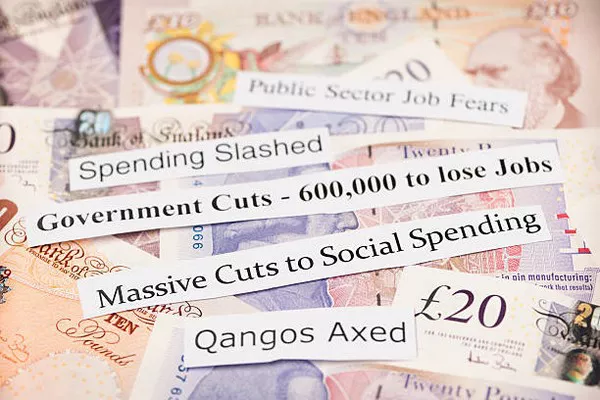The comparison between the euro (EUR) and the British pound sterling (GBP) is a topic of significant interest for investors, businesses, and individuals involved in international trade and finance. These two major currencies play pivotal roles in the global economy, particularly within Europe. To understand which currency is ‘bigger’ in various contexts, we need to delve into their respective strengths, market influences, historical performance, and broader economic implications. Let’s explore the fundamental aspects that determine the relative size and influence of the euro and GBP in the financial landscape.
Economic Scale and Monetary Policy: Euro’s Dominance?
How does the economic scale of the Eurozone compare to the UK?
The euro, the official currency of the Eurozone, represents a vast economic bloc comprising 19 European Union (EU) member countries. This collective economy, which includes powerhouses like Germany and France, gives the euro a formidable base. The Eurozone’s GDP, exceeding $15 trillion, significantly surpasses that of the UK. This sheer economic scale underscores the euro’s influence and liquidity in global markets. Moreover, the European Central Bank (ECB) governs monetary policy for the Eurozone, shaping interest rates and money supply dynamics across multiple nations, thereby amplifying the euro’s impact on international finance.
How does the ECB’s policy affect the euro’s stature?
The ECB’s role in setting monetary policy for the Eurozone is crucial in understanding the euro’s dominance. Its decisions on interest rates and quantitative easing directly impact the euro’s value against other currencies, including the GBP. The ECB’s proactive approach during economic crises, such as the Eurozone debt crisis and the COVID-19 pandemic, has demonstrated its commitment to stabilizing the euro’s value and ensuring financial market confidence. This stability and the ECB’s robust policy framework enhance the euro’s appeal as a global reserve currency and facilitate international transactions, solidifying its ‘bigger’ stature compared to the GBP.
Historical Performance and Market Influence: The GBP’s Resilience?
How has historical performance shaped perceptions of the GBP?
The British pound sterling, commonly known as the pound, has a storied history as one of the oldest currencies still in use today. Its resilience and stability over centuries have instilled confidence in investors and traders. Despite the UK’s smaller economic size compared to the Eurozone, the GBP remains a major global currency. Historical events, such as the UK’s role in global trade and finance during the British Empire era, have left an indelible mark on perceptions of the pound. The currency’s ability to weather economic turbulence and geopolitical shifts underscores its enduring influence.
What factors influence the GBP’s market influence?
The pound’s market influence is driven by several factors, including the UK’s status as a financial hub, its trade relationships, and monetary policies set by the Bank of England (BoE). London’s role as a leading financial center, with deep capital markets and a robust banking sector, bolsters the pound’s liquidity and attractiveness to international investors. Additionally, the BoE’s independent monetary policy decisions, aimed at maintaining price stability and economic growth, play a pivotal role in shaping the pound’s value relative to other currencies. Despite economic challenges, such as Brexit-related uncertainties, the GBP’s resilience underscores its significance in global financial markets.
Current Trends and Outlook: Euro or GBP for the Future?
What are the current trends favoring the euro or GBP?
In recent years, both the euro and GBP have faced unique challenges and opportunities. The euro has benefited from increased integration within the Eurozone, supported by fiscal measures like the EU recovery fund. On the other hand, the GBP has navigated the impacts of Brexit, with ongoing adjustments in trade relationships and economic policies. Market sentiments and geopolitical developments continue to influence the relative strength of these currencies. Factors such as inflation rates, political stability, and global economic trends will shape the future trajectory of the euro and GBP.
Which currency holds promise for the future?
While the euro’s economic scale and institutional support provide a solid foundation, the GBP’s historical resilience and London’s financial prominence offer distinct advantages. The choice between these currencies depends on individual circumstances, risk appetites, and market conditions. Investors seek diversification and strategic positioning based on currency forecasts and economic outlooks. Both the euro and GBP remain pivotal players in international finance, each with unique attributes that appeal to different stakeholders. As global dynamics evolve, understanding the nuances of these currencies becomes increasingly crucial for informed decision-making.
See Also What Is The Weakest Currency In The World?
Conclusion:
In conclusion, determining which currency—whether the euro or GBP—is ‘bigger’ involves a multifaceted analysis encompassing economic, historical, and market perspectives. The euro’s dominance within the expansive Eurozone and the ECB’s proactive monetary policies underscore its significant role in global finance. Conversely, the GBP’s resilience, shaped by historical legacies and London’s financial prowess, positions it as a formidable currency despite the UK’s smaller economic scale. As we navigate evolving economic landscapes and geopolitical shifts, staying attuned to currency dynamics is essential for businesses, investors, and policymakers alike. Ultimately, the relative ‘size’ and influence of these currencies will continue to evolve, reflecting broader trends and realities within the global financial ecosystem.


